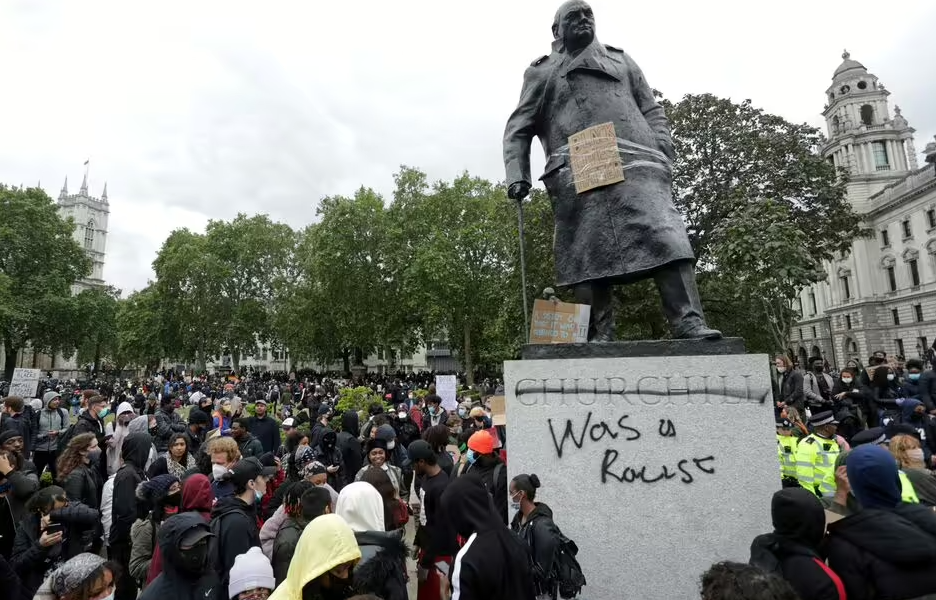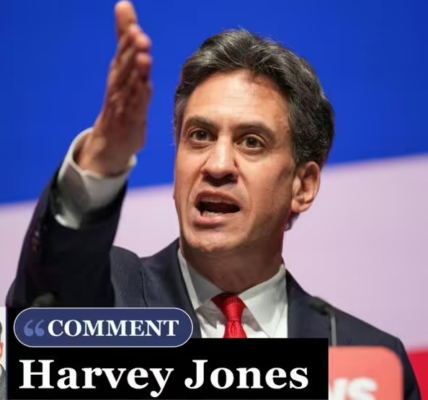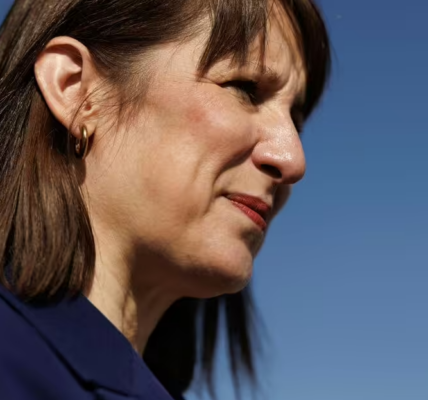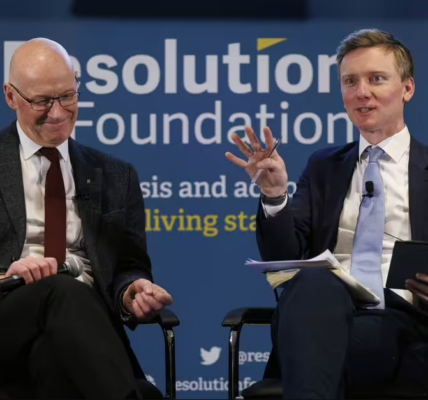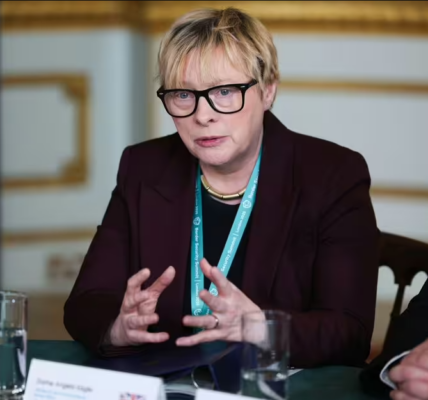Churchill and Wellington Portraits Removed from Parliament Following Labour Election Victory
Dozens of portraits have been removed from the walls of the Palace in an odd coincidence following Labour’s election victory.
Portraits of Winston Churchill have been removed from the walls of Parliament following Labour’s general election victory last June.
Several paintings, prints and drawings of the heroic wartime leader have been removed from display in the Palace of Westminster, as have other portraits of patriotic figures including the Duke of Wellington and William Gladstone.
The timing has raised eyebrows coming so soon after Labour swept to victory last year, with many of the portraits near MPs’ new offices.
It also comes after the parliamentary art collection was audited for possible slavery links in 2020 following the Black Lives Matter riots.
The Speaker’s committee looked into adding plaques to images explaining the subject’s links to the slave trade, after research suggested at least 190 depicted those who benefited from the transatlantic industry.

Winston Churchill’s views came under the spotlight during the BLM protests (Image: Getty)
Among those highlighted were Tory Prime Ministers Robert Peel and Lord Liverpool, and the great Liberal premier William Gladstone.
There are over 10,000 works of art in the Parliamentary Collection, which MPs can choose from to decorate their offices, and which are hung up for general viewing around the estate.
Five portraits of William Gladstone, whose father owned slaves, have been removed, as have five portraits of Oliver Cromwell whom the report said had “support slavery, had financial or family interests in the transatlantic slave trade and slavery”.
Three depictions of the Duke of Wellington have also been removed, despite his seismic victory over Napoleon at the Battle of Waterloo.
Most of the affected artworks were removed from the modern glass Portcullis House building, Derby Gate, and the Norman Shaw offices where Kemi Badenoch’s opposition headquarters are.
Following the General Election, Sir Keir Starmer made headlines after he removed pictures of Gladstone and Margaret Thatcher.

Portraits of Churchill have reportedly been removed from Parliament (Image: Getty)
Portraits of Elizabeth I and Sir Walter Raleigh were also taken down, and replaced by a mural from Dame Paula Rego, whose work focused on female empowerment.
Sir Keir insisted that the decision to remove Mrs Thatcher’s portrait was not out of a dislike of the Iron Lady, but because he opposes pictures of people looking down at him.
He told Laura Kuenssberg: “I don’t like images and pictures of people staring down.”
“I found it when I was a lawyer. I used to have sort of pictures of judges. I don’t like it. I like landscapes.
“This is my study, my private place where I go to work, I didn’t want a picture of anyone. As a lawyer, people try to persuade me that I needed pictures of judges staring at me the whole time. I didn’t like it. I don’t like it any more if they’re politicians.”
Rachel Reeves has also transformed No. 11 Downing Street by removing portraits of Prime Ministers and royalty in favour of modern art.
Portraits of James 1 and James II, put up by Rishi Sunak, were taken down and replaced with contemporary artwork depicting Covid anxiety.
The House of Commons was approached for comment.
